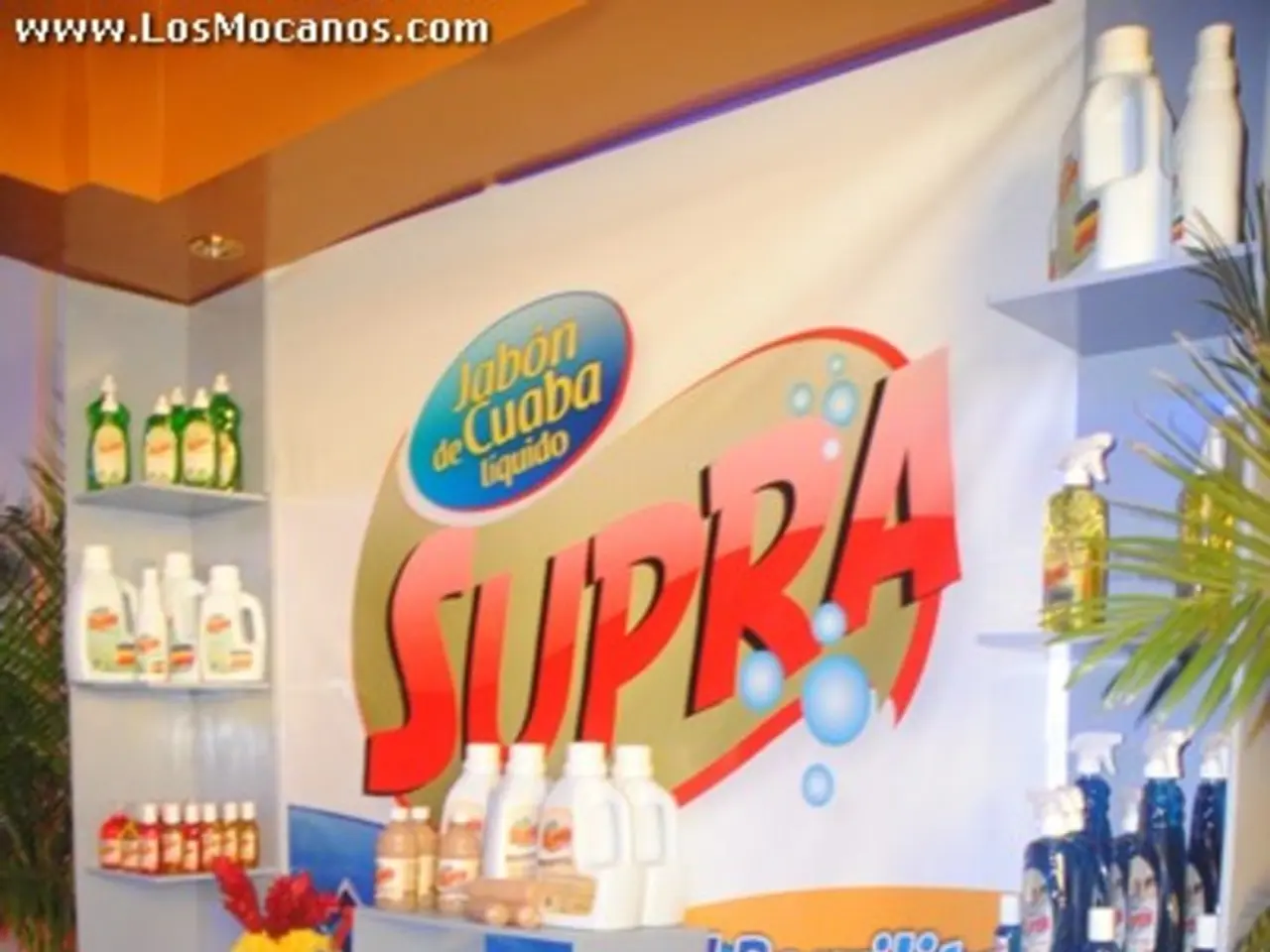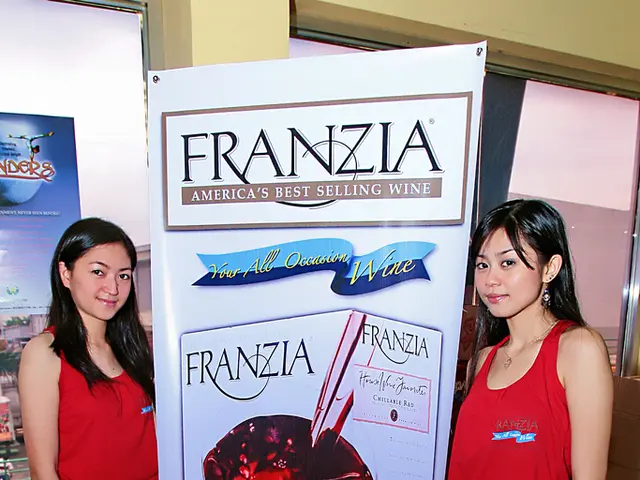The Natural Cosmetics Market is projected to expand to an astonishing USD 75.0 billion by the year 2033.
The natural cosmetics market is experiencing a significant surge, with a valuation of USD 45.2 billion in 2023. This trend is driven by the growing consumer awareness and preference for sustainable and clean beauty products.
In 2023, skincare dominated the market, accounting for 36.5% of the share. Skincare, haircare, makeup, body care, and oral care are the top use cases for natural cosmetics. The skincare segment, in particular, holds a 42% share of the overall beauty market.
One of the key players in the market is L'Oréal, which acquired Australian skincare brand Aesop in a record $2.5 billion deal. L'OCCITANE Group also expanded its fragrance business with the acquisition of Dr. Vranjes Firenze in 2024. Origins, backed by Esteé Lauder, has been expanding its plant-based skincare offerings.
However, defining 'natural' in cosmetics remains a challenge. Regulatory compliance and ingredient sourcing and sustainability are other hurdles the market faces. Greenwashing, the misleading representation of a product as more environmentally friendly than it truly is, is also a concern.
Despite these challenges, the market is projected to reach USD 75.0 billion by 2033, exhibiting a CAGR of 5.2% during the forecast period 2024-2033.
Supermarkets & hypermarkets emerged as the leading retail channel in 2023, holding a 36.9% market share. Cosmetic retailers also generated $17.09 billion in online sales. Social media ads introduce 37% of consumers to new cosmetic brands, while Instagram influences 80% of consumers' purchasing decisions.
Sustainability and ethical practices are emerging trends in the market. Brands like Burt's Bees, The Body Shop, and Lush are focusing on eco-friendly packaging, ethical sourcing, and fair trade.
Minimalist beauty routines and personalization are also gaining traction. Tarte balances high-performance makeup with natural ingredients, appealing to the clean beauty segment. Juice Beauty and Dr. Hauschka maintain organic certification and science-driven formulations, strengthening their credibility. Aveda integrates botanical science with hair and skincare solutions.
Upcycled ingredients are gaining traction as well. Brands like RMS Beauty, Kora Organics, Tata Harper, Herbivore Botanicals, Alima Pure, and Inika Organic target premium, ingredient-conscious consumers, emphasizing transparency and sustainability.
The Asia Pacific and North America regions contribute 70% of the total beauty market. Countries in the Asia-Pacific region with rising demand for natural cosmetics include China, India, Japan, South Korea, and Australia. In Latin America, countries such as Brazil, Mexico, and Chile show increasing demand for organic and natural cosmetic products.
The European natural cosmetics market is estimated to reach USD 17.67 billion, driven by the rising consumer preference for organic and clean-label beauty products.
Formulation and preservation, as well as product innovation, expanding into emerging markets, sustainable packaging, digital engagement, and collaborations, are top opportunities in the natural cosmetics market. Personalization and technological integration are also emerging trends.
The Natural Cosmetics Market is witnessing a transformative period, with advancements and challenges shaping its trajectory. As consumers continue to prioritize sustainable and clean beauty, the market is expected to continue its growth trajectory in the coming years.
Read also:
- ICE directed to enhance detention conditions following NYC immigrants' allegations of maltreatment
- Israeli finance minister issues warnings about potential annexation of West Bank territories
- United States faces rebuttal from South Africa over allegedly deceitful human rights report and assertions of land expropriation
- Accident at Rodalben Results in Injuries; Geoskop Area near Kusel Affected After Stormy Weather







